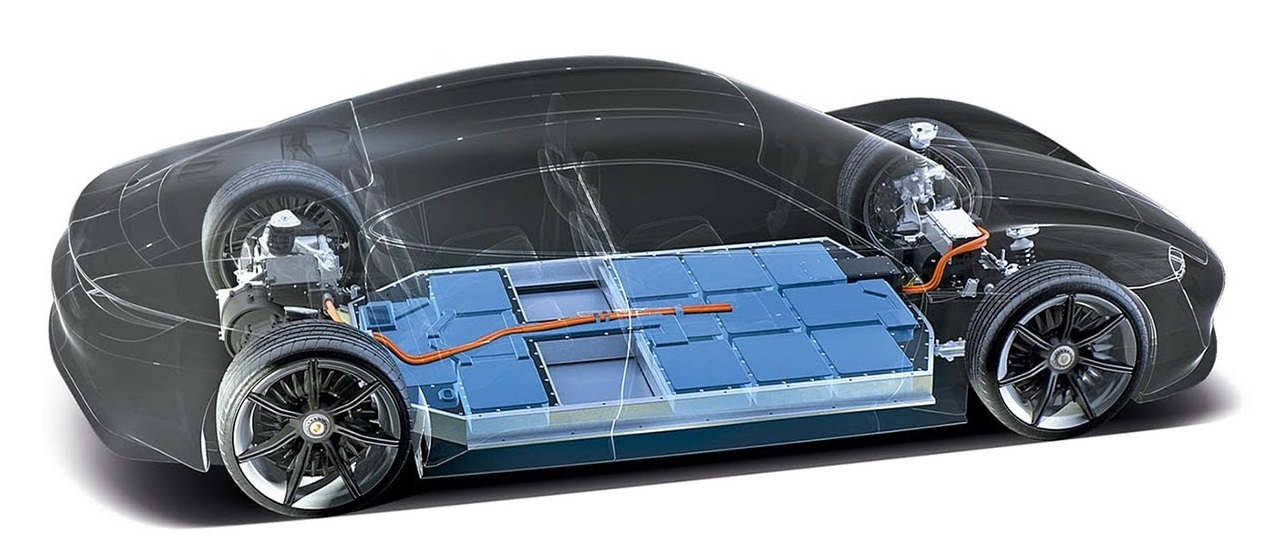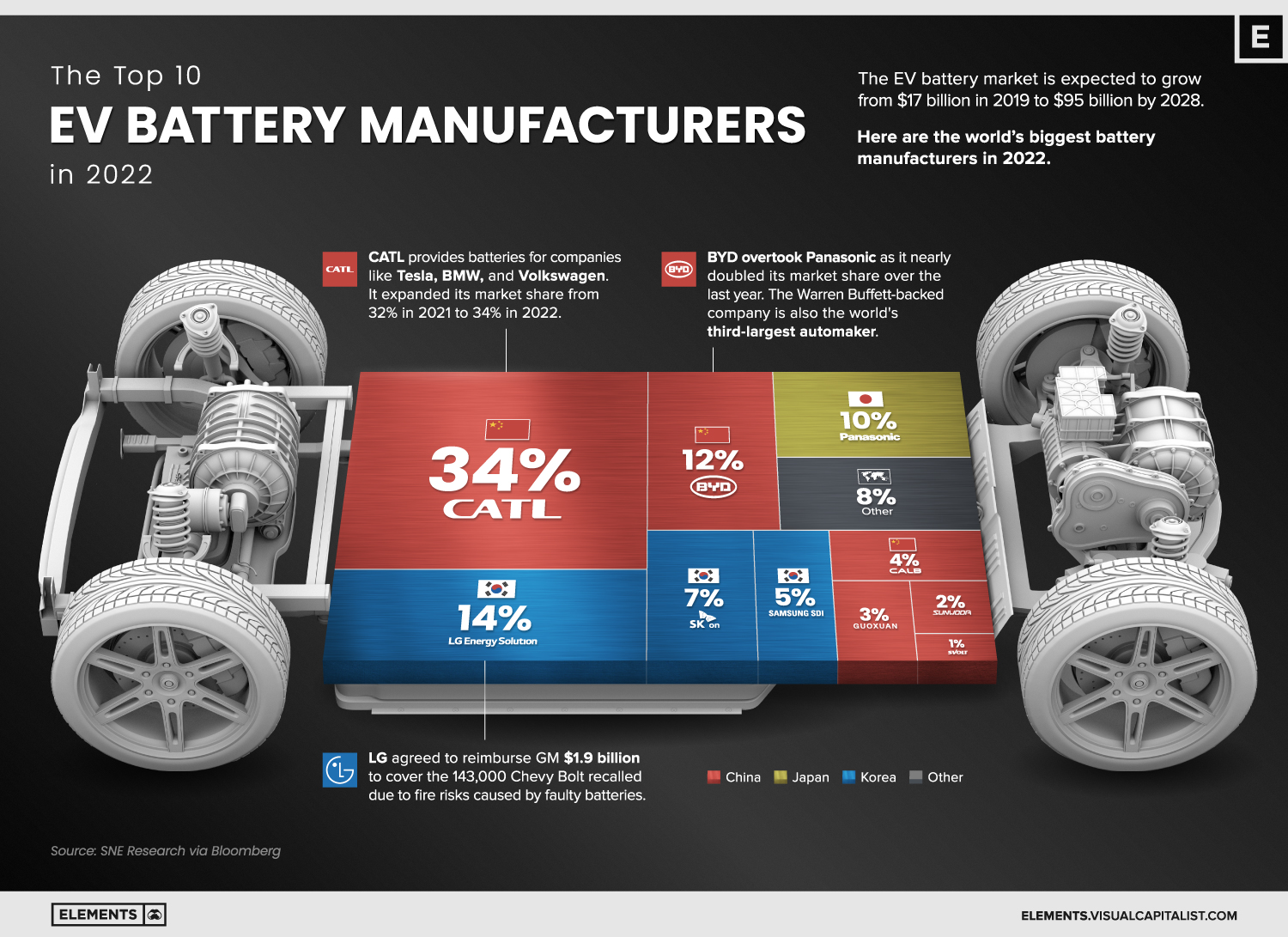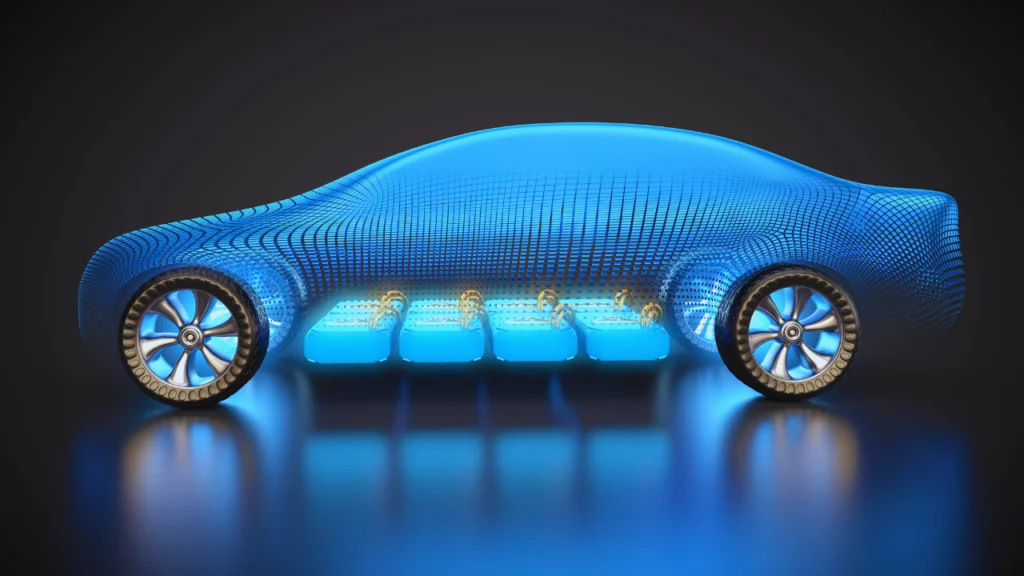As we transition toward a more sustainable future, electric vehicles (EVs) play a pivotal role in reducing carbon footprints. Ensuring the longevity of your EV’s battery is not only essential for cost savings but also a significant step toward environmental conservation.
This guide provides insightful tips to enhance your EV battery’s performance and lifespan, empowering you to fully harness its potential.
Understanding Battery Chemistry
The type of battery that powers your EV is fundamental to its durability. Modern EVs predominantly utilize lithium-ion batteries, renowned for their efficiency and resilience. With proper care, these batteries can endure for over eight to ten years.

When selecting an EV, investigate the battery chemistry and prioritize high-quality lithium-ion options. A notable advancement in this field is the Lithium Ferrous Phosphate (LFP) battery, celebrated for its high energy density and thermal stability. For instance, the MG ZS EV features a 50.3 kWh LFP battery with prismatic cells, offering exceptional range and durability.
Charging Practices: The Key to Battery Health
Your charging habits significantly influence battery life. Below are essential guidelines for maintaining optimal battery performance:

- Avoid Deep Discharges: Keep the charge level above 20%. Allowing the battery to frequently drain to low levels accelerates degradation.
- Limit Fast Charging: While fast charging is convenient, it can strain the battery over time. Use it sparingly and rely on regular charging for daily needs.
- Prioritize Temperature Regulation: Batteries thrive in ambient conditions. Ensure the cooling system is operational, particularly in hot climates, and keep the battery clean to prevent overheating.
- Monitor Regularly: Routinely inspect your battery’s status. If you notice irregularities, consult a certified EV service center promptly to address issues early and avoid costly repairs.
Routine Maintenance for Extended Lifespan
Just as traditional vehicles require regular upkeep, EVs also benefit from consistent maintenance. Incorporate the following practices into your routine:
- Tire Pressure: Maintain proper inflation to reduce rolling resistance, which conserves battery energy.
- Tire Rotation: Regularly rotating tires helps sustain balance and performance.
- Software Updates: Stay current with manufacturer-issued updates to optimize battery management and overall functionality.
Key Insights: Usage vs. Degradation
It’s a common misconception that higher usage leads to faster battery degradation. However, studies show:
- High usage ≠ Increased degradation: Vehicle use does not inherently harm the battery.
- Controlled conditions foster healthier batteries, emphasizing the importance of optimal operating environments.
The Final Word
Prioritizing the health of your EV’s battery yields numerous benefits. Not only do you reduce the risk of costly replacements, but you also ensure consistent vehicle efficiency, extended driving range, and preserved resale value.

To summarize, keep these three pillars of maintenance in mind:
- Regular battery health checkups
- Adopt responsible charging habits
- Maintain your EV diligently
A well-maintained battery not only reduces expenses but also contributes to a cleaner, greener planet. Your EV will reward you with reliable performance and longevity. Happy eco-friendly driving! 🚗
“Caring for your battery today is an investment in a sustainable tomorrow.”



